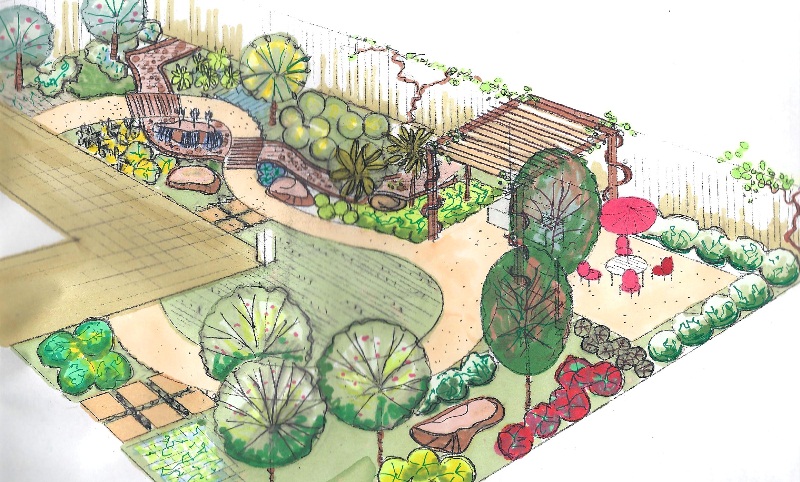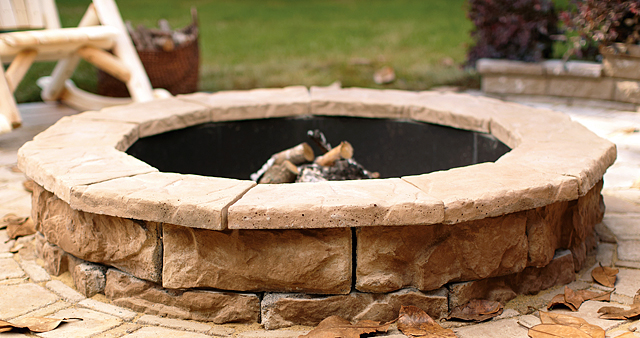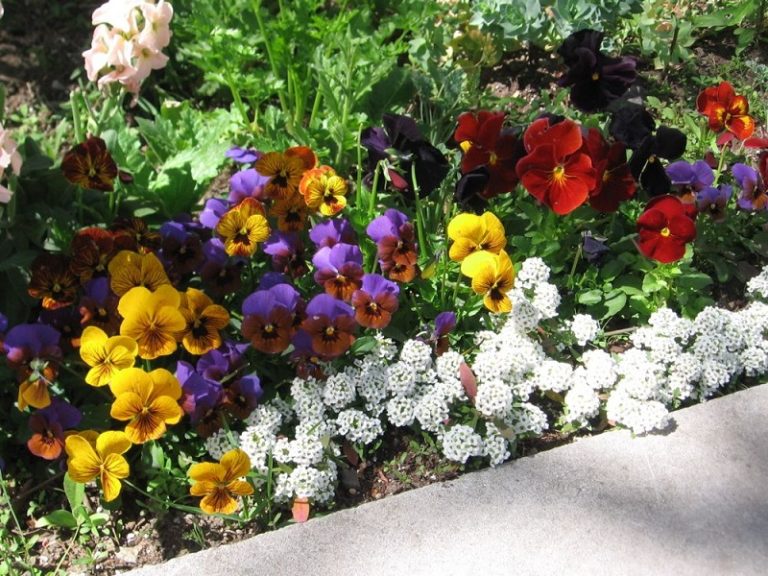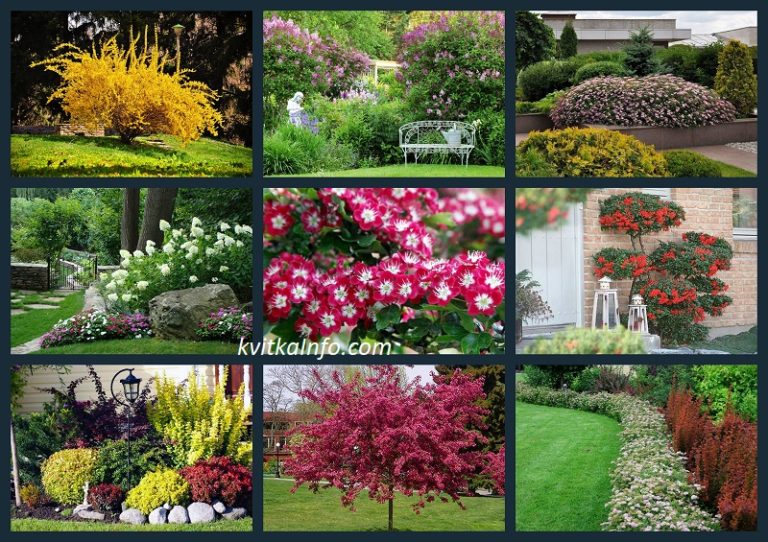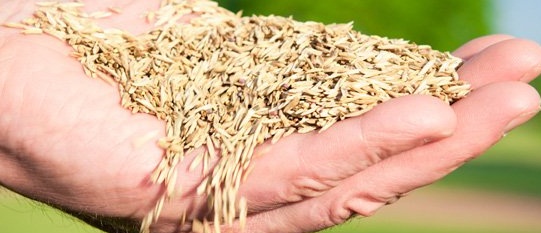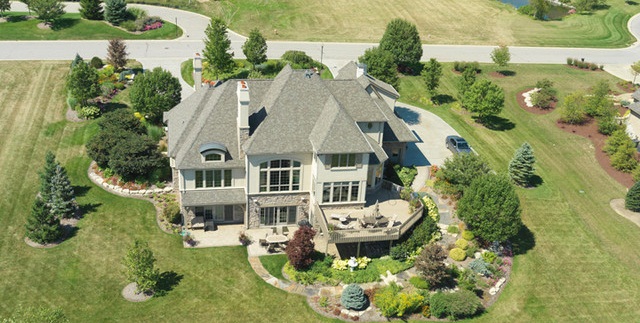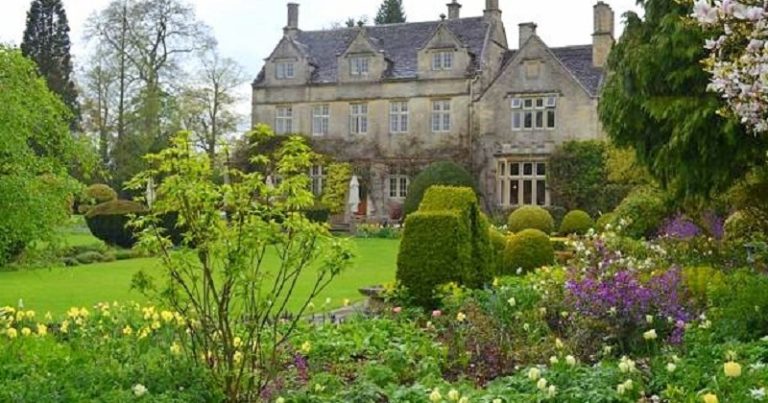Landscaping project
The planning of landscaping of a land plot should start from the location of the house and other structures. Careful planning of the site will allow you to get ahead of mistakes that arise when making hasty decisions, and ensure the effective use of the entire territory.
An important factor is the peculiarity of the location of the site: hilly terrain or lowland, the presence of water sources, location on the site of the former forest or steppe. The key to a successful site layout is to take into account the sides of the horizon. A detailed space will allow you to accommodate all your ideas even in a small area: a cozy house, arrangement of a pool or bath, a quiet corner for relaxation, bright flower beds, a luxurious garden with fruit trees.
Preparing the site for landscaping
Make a planting plan. On paper, you need to draw the approximate dimensions of the site, then divide the site into zones, place all the elements – these are garden paths, gazebos, lawn, flower beds, ponds, garden, vegetable garden and others.
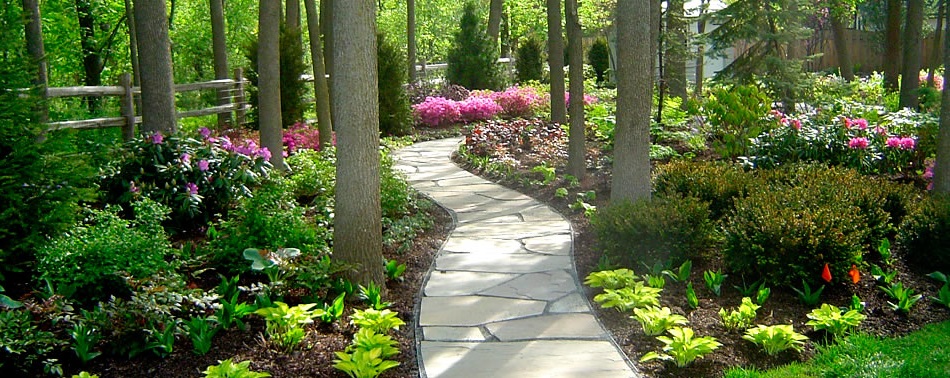
Selection of plants for landscaping the site
When planning landscaping, remember that you need to select plants that will grow and develop comfortably in the climate of your region. When deciding on landscaping, start by planting shrubs and trees using your own paper diagram. Lay paths in the garden, remove weeds and most importantly – prepare the soil for further plantings, if necessary, you need to improve soil fertility.
The leaders in landscaping are low-growing creeping roses, which bloom several times a year with beautiful flowers. No less popular is lavender, which feels especially good in hot weather. Among conifers, juniper and thuja are especially popular, which are represented by several species and can become a real decoration of the site near the house.
Among the deciduous shrubs, barberry, heather, cinquefoil, boxwood and others can be distinguished.
Unpretentious plants with which you can decorate the garden are alyssum, bearded, St. John’s wort, as well as perennials: geraniums, daylilies, cockerels, bluebells, peonies and others.
Vertical gardening is the selection of climbing plants with which fences, arches, facades of buildings are decorated. This includes perennials such as clematis, climbing roses, wisterias, ornamental grapes, ornamental honeysuckle and others.
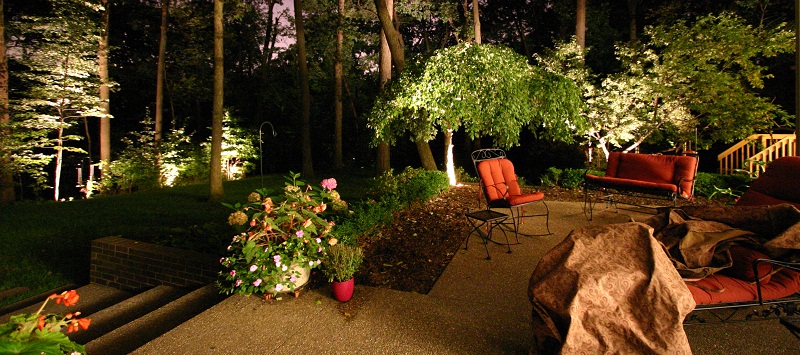
Territory lighting
Illumination of the territory is an important factor for the selection and development of plants. If most of the site is covered with tree crowns, then plants should be selected that are not demanding on light , and for a site located in a well-lit place, light-loving plant species are suitable.
Soil on the site
Soil is also important in landscaping the site, because not every plant can grow on an area with an excess of peat or sand. The optimal soil for most plants is in the middle zone of the country: sandy loam or loamy.
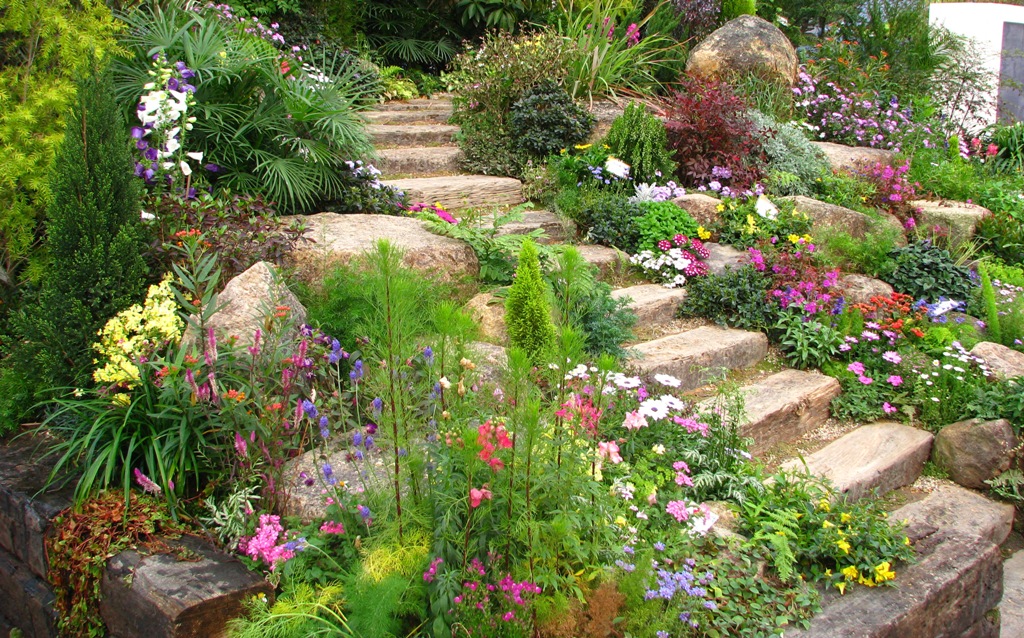
Terrain when landscaping the site
The terrain is an equally important point to consider when planning landscaping. It is important that the plants emphasize the advantages of the terrain and help hide imperfections.
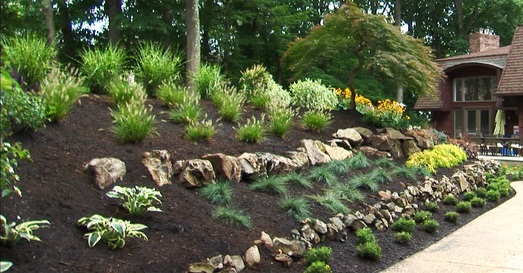
Gradualness of plant plantings for landscaping the site
- Plants that are planted primarily are trees. This group includes trees, the height of which is from 2 meters: coniferous and deciduous trees. When choosing trees for landscaping, it should be remembered that deciduous trees decorate the site only in the spring-autumn period, until the leaves have fallen. Conifers remain green at any time of the year and will take root faster in a new place.
- Secondly, bushy plants are planted. With such plants, we complement the composition of perennial trees, closing free areas in the garden or creating spectacular hedges.
- Thirdly, herbaceous plants are planted. Such plants are used to fill areas free of planting trees and shrubs. This includes various types of lawn grasses, cereals, as well as flower beds with perennial and annual flowers.
Ideas for using stones in the garden, video:
Properly selected vines can decorate retaining walls, arches and pergolas.
After transplanting, all plants need time to recuperate and adapt to new conditions, and a young lawn needs enhanced top dressing for growth and full development. It should be borne in mind that the decorative appearance of the garden is achieved, at least, after 2-3 years of regular care ( care of the lawn, flower beds, ponds, rockeries, shrubs and trees). Only under favorable conditions and regular care can plants show their decorative properties.
The main care consists of watering plants, mowing the lawn, pruning ornamental shrubs, fertilizing, mulching, weeding, loosening the soil, forming the crown of trees.

